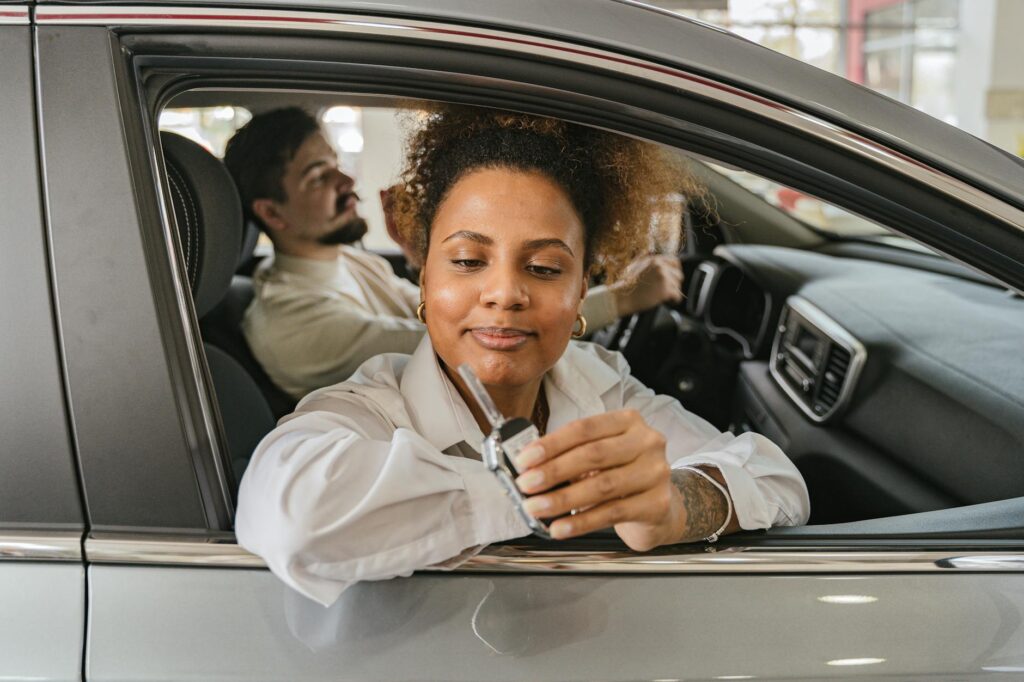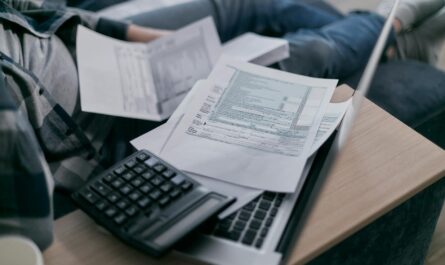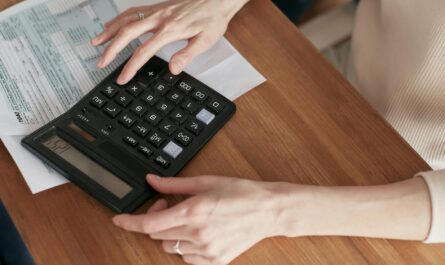Choosing between buying or leasing a car is a significant financial decision. Both options have their own advantages and disadvantages, and the best choice depends entirely on your individual needs and driving habits. This guide will help you weigh the pros and cons to make an informed decision.
Understanding the Basics
Before diving into the specifics, let’s clarify the fundamental differences. When you buy a car, you own it outright after paying off the loan. Leasing, on the other hand, is essentially renting a car for a set period, typically two to four years. At the end of the lease, you return the vehicle.
Cost Comparison: Buying vs. Leasing
Monthly payments are usually lower with leasing, making it attractive to those with a tighter budget. However, you’ll pay more overall if you factor in the fact that you never actually own the car. Buying a car, while requiring a larger down payment and higher monthly payments, allows you to build equity and own an asset at the end of the loan. 
Ownership and Flexibility
The most significant difference lies in ownership. Buying gives you complete control: you can modify the car, drive it as much as you want, and keep it for as long as you like. Leasing often restricts modifications and places limitations on mileage. If your lifestyle requires flexibility, buying offers greater freedom. Consider your future plans; buying makes more sense if you anticipate keeping the vehicle for many years. Read more about long-term car ownership to understand the associated benefits and costs.
Depreciation and Resale Value
Cars depreciate rapidly, especially in the first few years. With leasing, you’re essentially paying for the depreciation during your lease term. When buying, you bear the brunt of depreciation, but you can also benefit from its eventual resale value. Depending on the car’s condition and market trends, you could even make a profit.  Learn more about managing car depreciation to mitigate losses.
Learn more about managing car depreciation to mitigate losses.
Maintenance and Repairs
Generally, lease agreements include basic maintenance, reducing your out-of-pocket expenses. With a purchased car, you’re responsible for all repairs and maintenance. However, owning a car allows you to choose your mechanic and potentially save money on repairs in the long run by choosing cost-effective options. This aspect significantly depends on the vehicle’s reliability. Explore reliable car brands to minimize unexpected repair costs.
Making the Right Choice for You
The best option depends on your priorities. Consider factors like your budget, driving habits, and long-term plans. Leasing suits those who want lower monthly payments and prefer driving a new car every few years. Buying is ideal if you want to own your car outright and benefit from its long-term value. Consider consulting a financial advisor for personalized advice. You can also learn more from expert financial opinions.
Ultimately, thoroughly researching different car models and loan options will greatly assist in your decision-making process. Remember to compare quotes and factor in all associated costs. For insights into fuel efficiency, you may find this resource helpful: Fuel efficiency comparisons. [IMAGE_3_HERE]
Frequently Asked Questions
What are the typical lease terms? Lease terms usually range from 24 to 48 months.
Can I buy out my lease at the end of the term? Yes, you usually have the option to purchase the vehicle at its residual value.
What happens if I exceed the mileage limit on my lease? You’ll typically pay a fee for every mile driven over the limit.
What is a down payment? A down payment is an upfront payment when purchasing a car, reducing the loan amount.
How do interest rates affect auto loans? Higher interest rates increase your monthly payments and total loan cost.



